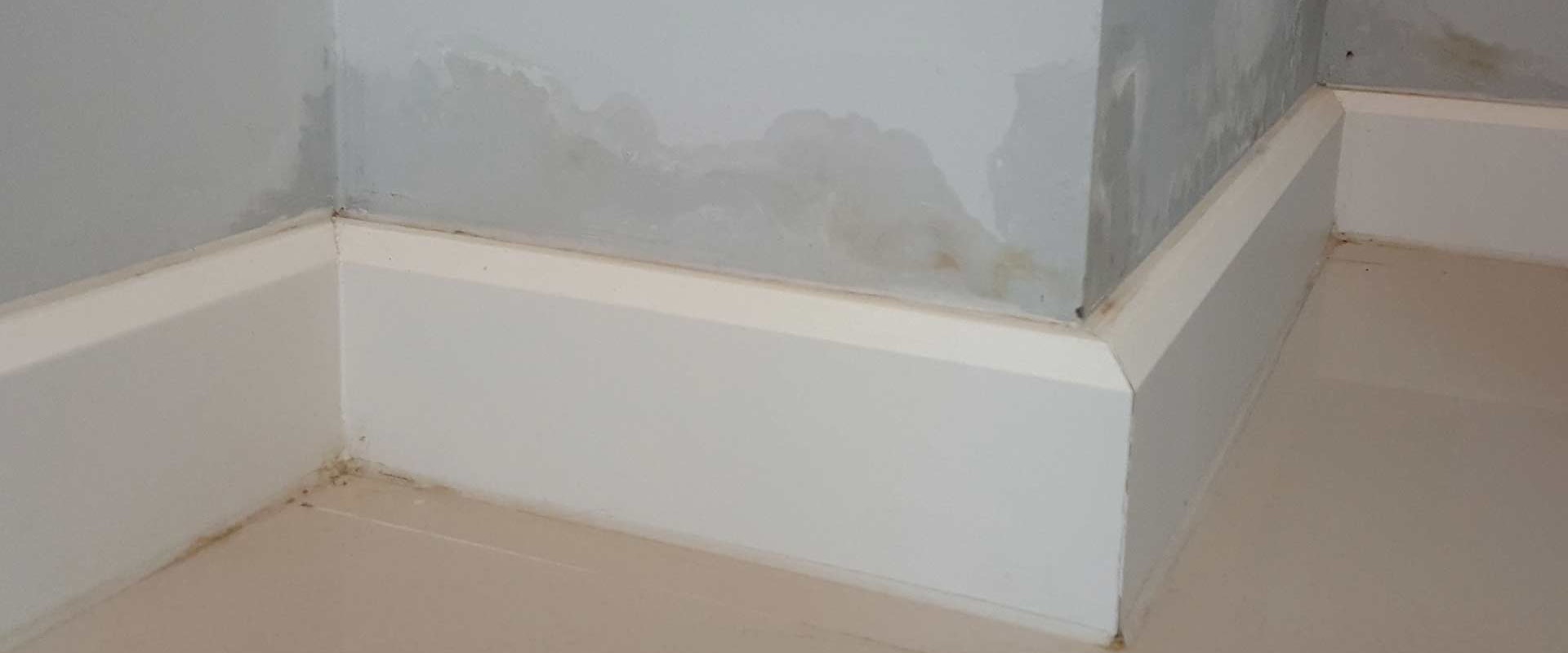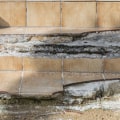Accelerate drying by opening windows and doors. Use fans to move air around damp walls. Dehumidifiers can help remove moisture from the air, which also indirectly removes it from walls. Water Damage Restoration in San Tan Valley AZ experts recommend using dehumidifiers to speed up the drying process and prevent further damage to the drywall.
The outside of the drywall is often dried by evaporation. The surface layer receives greater airflow, which naturally allows the saturation to dry out over time. The interior, on the other hand, can continuously expand due to a lack of air flow. This is where real damage can occur. Water saturation along walls begins with floods at ground level.
Over time, the water covering the floor will seep upward and penetrate the walls. The porous nature of drywall allows moisture to penetrate walls up to 30 inches high. If floodwater is due to a broken pipe, shut off the water source. Turning off the water source prevents more water from leaking into the area and causing more damage to the walls.
Consult an authorized plumber to repair the broken pipe before drying the walls.
Call us at (94) 229-3699 for emergency water damage repair.
Drying water-damaged walls eliminates further damage to your home. The porous and absorbent nature of drywall causes water to penetrate the wall and beyond, ruining the interior and exterior. This includes drywall, moldings, insulation, studs, and possibly electricity, depending on the amount of water.If the damage caused by water has reached a significant level, these sections of the wall will need to be removed. Homeowners have the option of drying the walls themselves or asking a professional to repair water damage. Professional techniques for drying water-damaged walls effectively remove water from the affected area. After an event that causes water damage to your home, not only the floors, but also the walls, will be affected.
Before learning how to dry a wall after water damage, let's see how water saturates plaster walls. It may seem like you've completely dried the wall on your own, but to an inexperienced eye, the signs of water damage may be imperceptible. While sometimes water damage is visible, at other times, the wall shows no signs of this moisture. The magnitude of the damage caused by water to the walls depends on how the wall is built, the amount of water that has seeped into the property, and the height to which the water level inside has risen.
Water damage restoration professionals have the equipment and training necessary to thoroughly dry seriously damaged walls. The CLEAR Restoration team strongly recommends drying water-damaged walls and floors before taking the next restoration steps. Walls that have suffered severe water damage must be professionally dried by teams experienced in restoring water damage, such as ServiceMaster EMT. If you have recently experienced severe water damage in your home, it's likely that the walls are still damp because of the incident.
A few inches of water that seeps along the floor can seep into walls and cause serious water damage.



